I suppose that one could say that I am in the process of a migration of sorts, albeit one that is a bit chaotic, ill-defined, and certainly not an annual occurrence. The beginning of May in North America is also near the peak of the northward migration for many bird species, which is most definitely an annual event. Therefore, it made sense to try and take advantage of this coincidence by spending some time during the brief pauses I had scheduled recently, before the cycling component of the Tour really gets going, to seek out a few more new species where these two migrations overlapped. Additionally, I expect that some, but not all, of the new birds I will have seen in this region, and will see in the weeks ahead, are species that I have actually previously seen at some time in the past, specifically, at a time when I wasn’t paying attention. That is a situation that definitely needs to be rectified.
My first stop was in St Louis, where I spent a pleasant morning visiting the Missouri Botanical Gardens. Birding in urban areas is not always very productive, but I was hopeful that the large green space created by the gardens would lead to a few sightings. That turned out to be the case, but since I foolishly left my spare camera batteries in my hotel room, my photography efforts were adversely affected by my use of the warming-up-a-depleted-battery-in-the-hands trick.
Despite that, I managed a couple of salvageable shots, like the Yellow-Throated Warbler, below, which had the impertinence to turn its head during my one and only image.
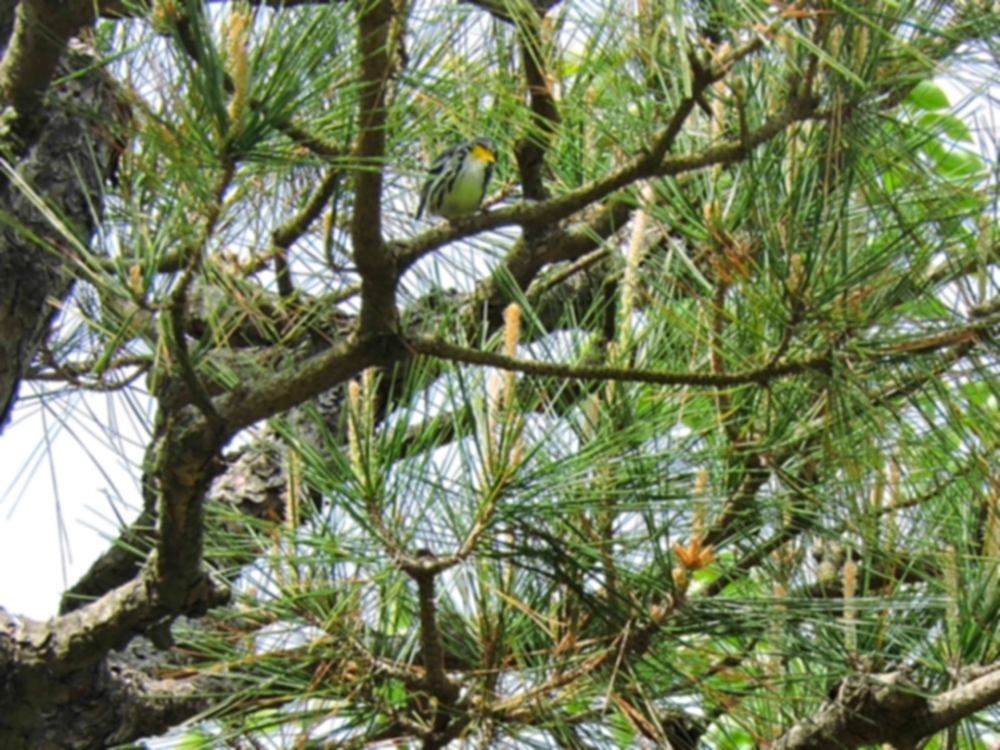
There was also an Ovenbird skulking around in the undergrowth…
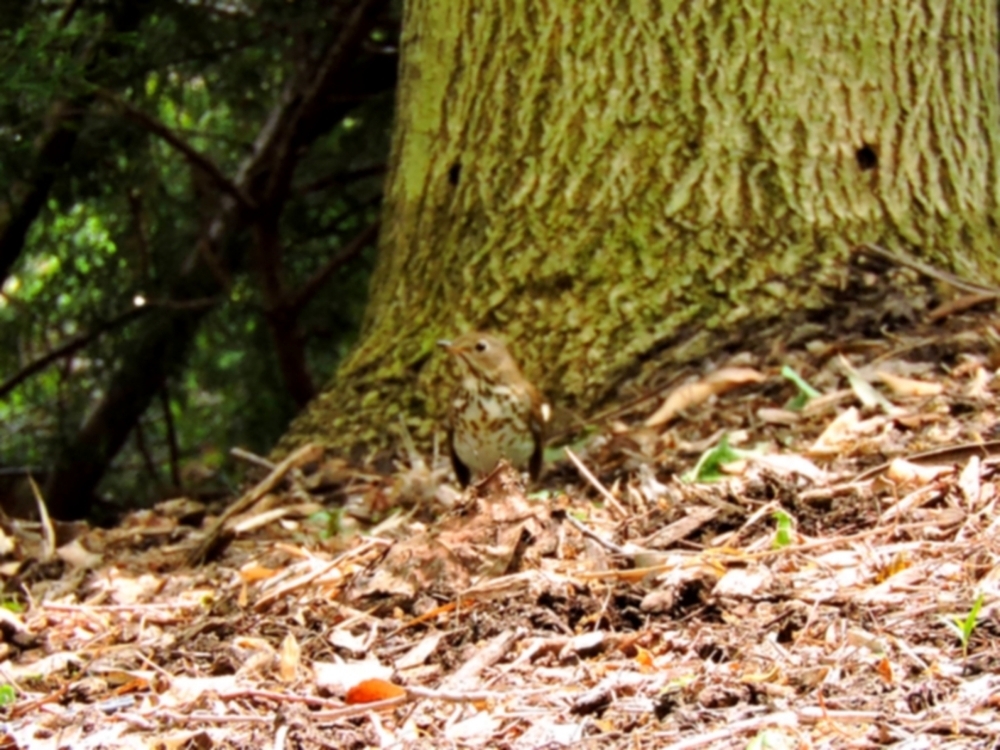
… and a Baltimore Oriole, another species I had, surprisingly, never seen, even though I grew up only about 85 km from Baltimore. That particular bird thwarted all my attempts to image it, but it looked just like the one below that I saw a few days later.
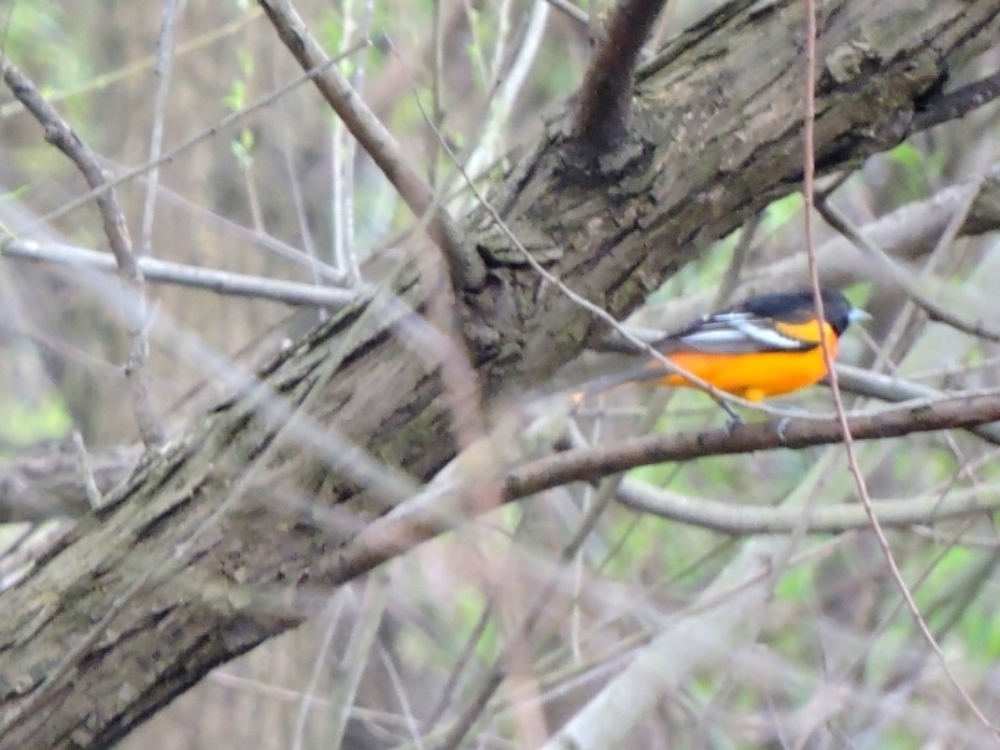
The next place where I successfully found new birds was at Cahokia, which, as I mentioned in the post for that site, seemed like an excellent birding location. The birdsong in the woods was intense, and some nice birds, such as Indigo Buntings, were easily seen. That would have been a excellent new bird for me were it not for one that turned up as a vagrant near my old house a couple of years ago. Instead, I settled for a couple of less colorful species, starting with an Eastern Phoebe, a species I am glad to get out of the way…
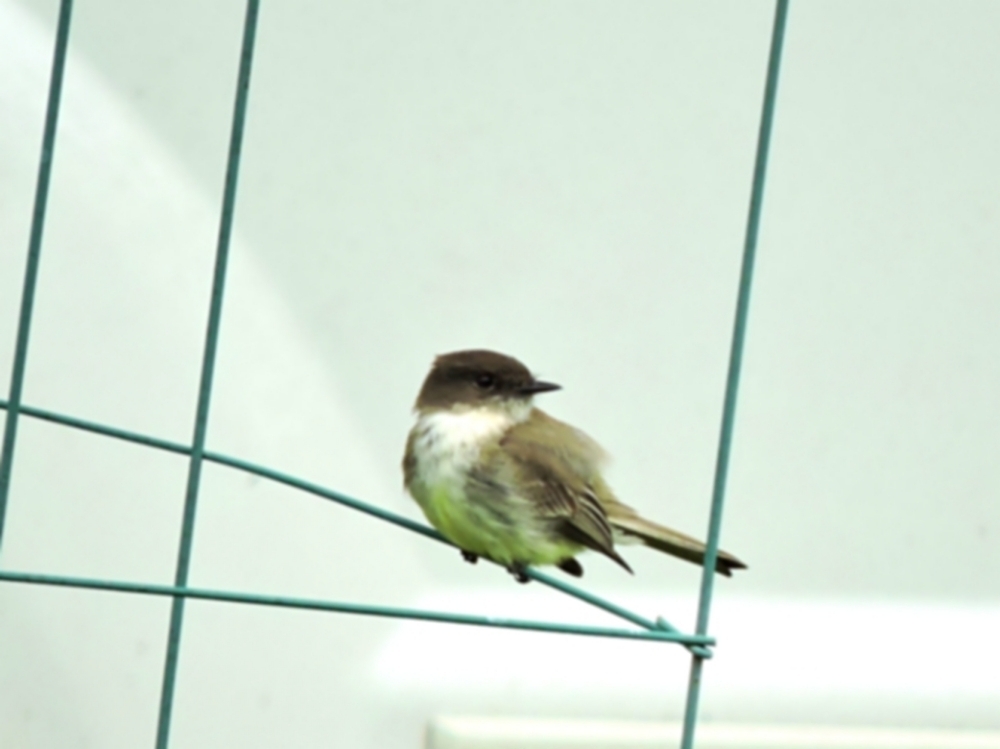
…and then adding an Orchard Oriole. The latter bird I was quite pleased to record, not because it is particularly unusual, but because I was able to pick it out from among the thousands of more common Icterids that were also in the area.
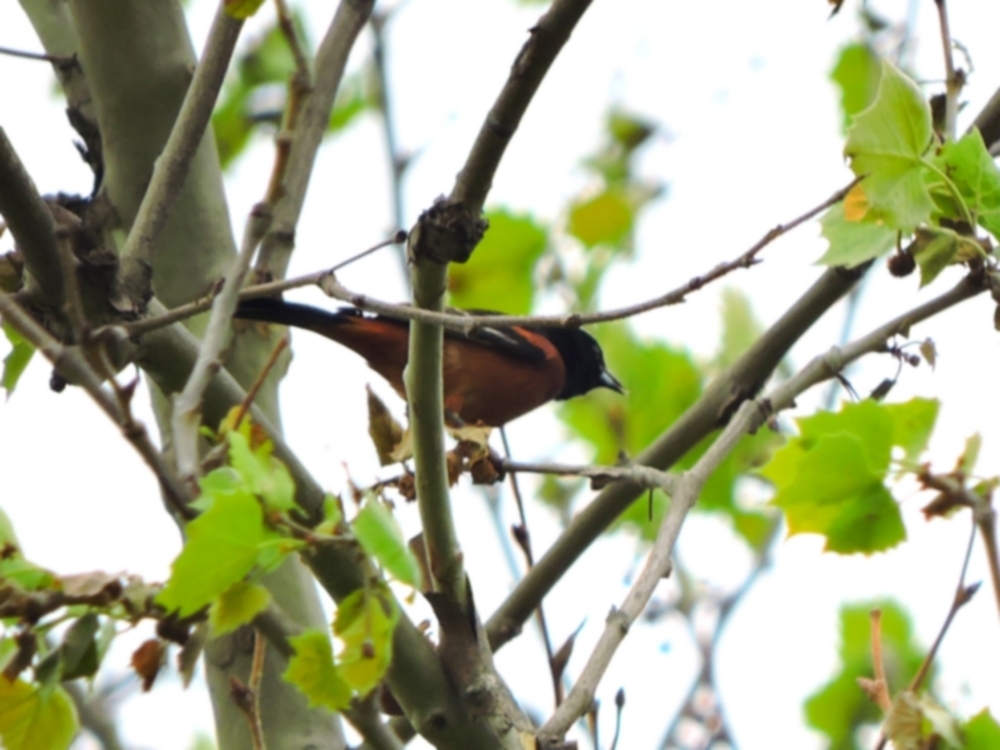
The next stop was in Centralia, Illinois, and I planned a morning birding ride to a State Park on the south shore of the nearby Carlyle Reservoir, which is a notable hotspot and a potential location to pick up a nice selection of warblers, a group that I am rather deficient with, in terms of my observations. It was an easy ride out there, but the skies were either foggy, or overcast, which made me feel somewhat uncertain of my potential success. I certainly got off to a rocky start, being fooled by a few common birds, such as, a breeding-plumaged American Pipit (I had no idea,) an eastern form of a Yellow-Rumped Warbler, and a Yellow Warbler, which I futilely tried to turn into something else.
Though the observation conditions didn’t get much better, I eventually found some nice new birds. Starting with an Eastern Kingbird…
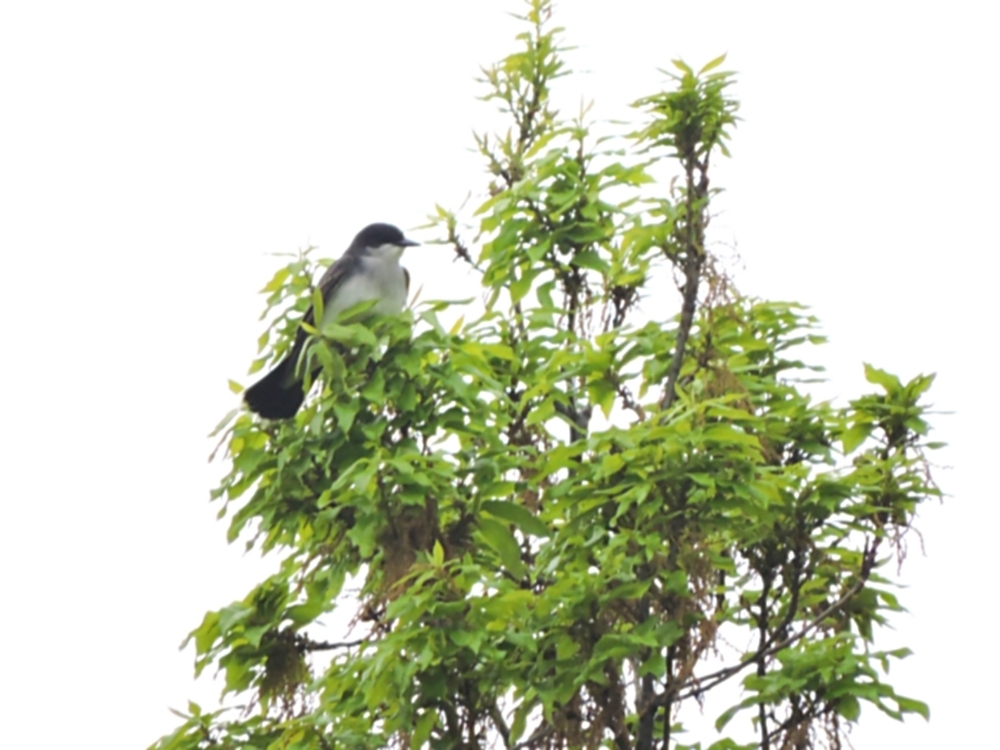
… then a brief view of a Brown Thrasher…
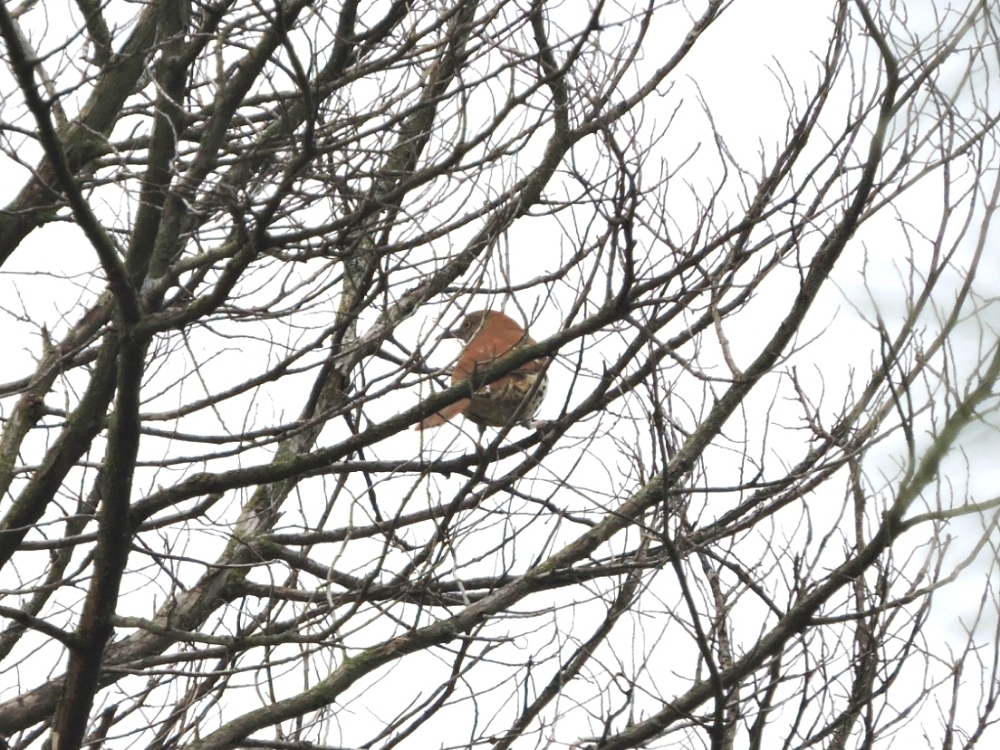
… and a perched Eastern Towhee.
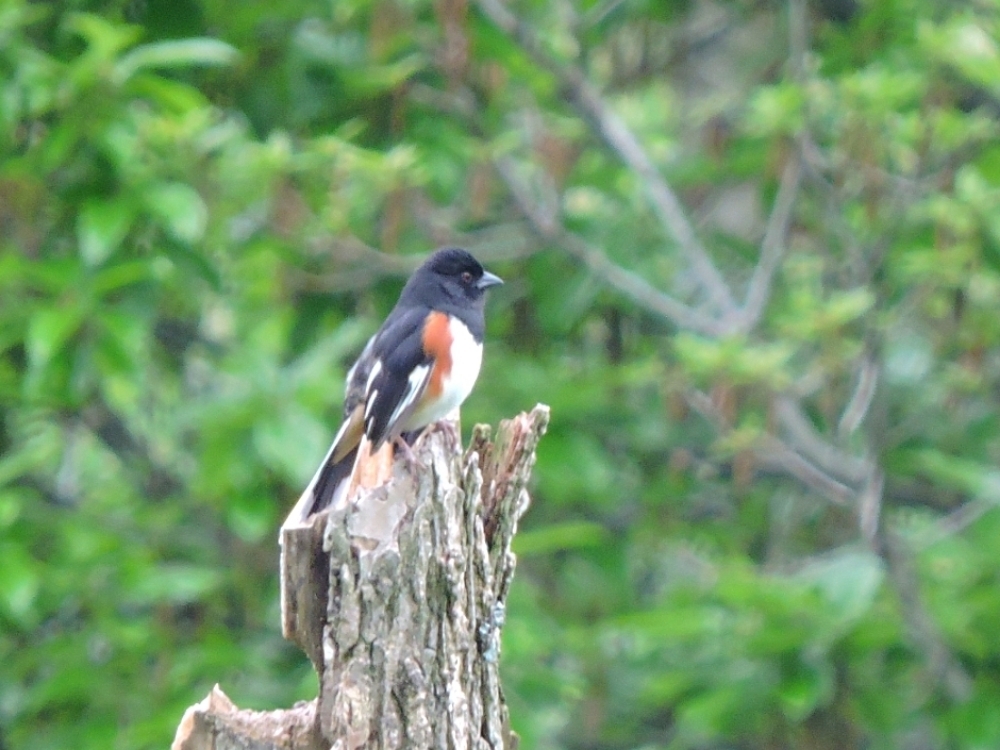
However, there was one bird I particularly wanted to see that day, and eBird revealed that there had been regular and recent sightings of individuals at that location. When I was perhaps ten or twelve years old, my father asked me to mark every page in our copy of Chester A. Reed’s pocket guide, Land Birds East of the Rockies, that showed a bird we had seen in our backyard. I still have that small book, and I can see that I did fairly well, though I did make a few mistakes. One of those was the bird I was looking for at Carlyle Lake, and I think I had marked it down back then, not because I really thought it had visited our yard, but because it was so appealing that I distinctly wished that it had. Over forty years later, I still had not actually seen one.
After an hour or two of fruitless searching, only slightly mollified by the presence of other birds, the park road brought me to an area that seemed like the perfect habitat. As I approached, I believe I caught a glimpse of the bird I was seeking flying off rapidly in the other direction. Had I missed my chance? Fortunately, no, since about a half hour later, one came flying back to the group of snags that were close to where I was standing. A Red-Headed Woodpecker—at last!
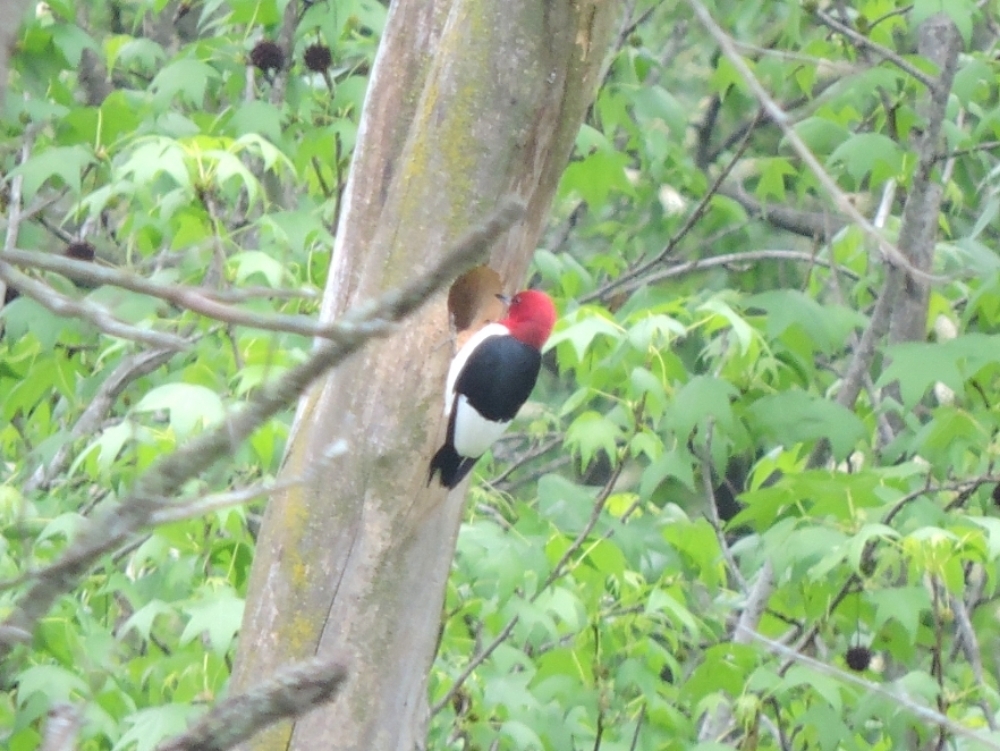
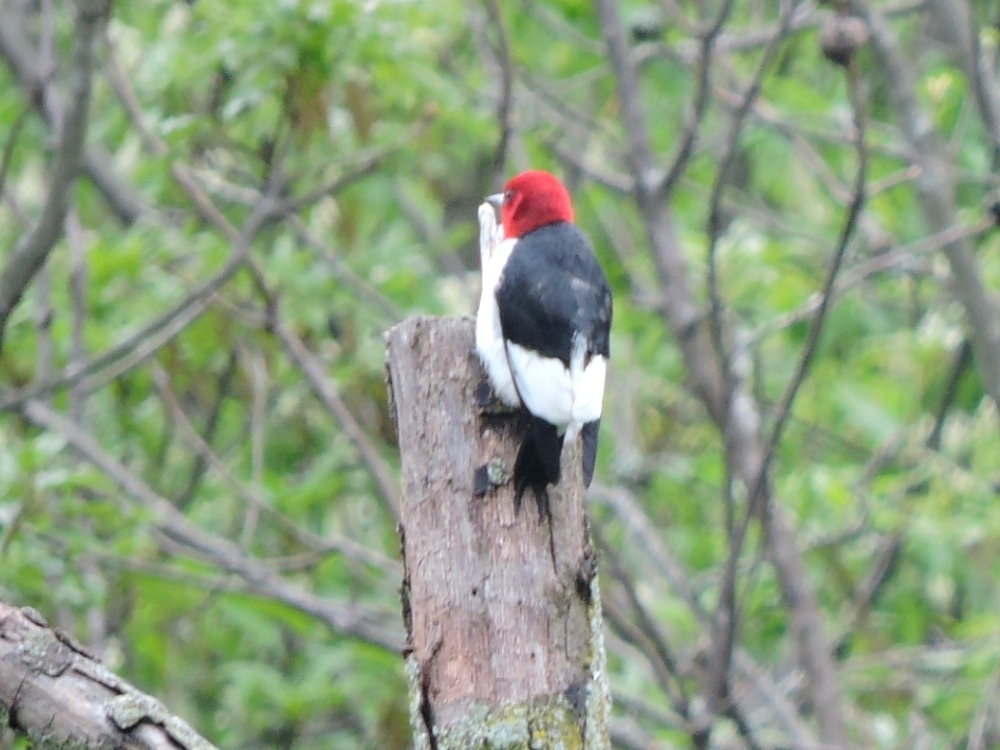
That beautiful species is part of the genus Melanerpes, which may be my favorite grouping of birds found in the Western Hemisphere. That genus also contains my personal choice for the Best Bird of North America, the incredible Lewis’s Woodpecker, a rather uncommon species that I was pleased to see in relatively large numbers during this Tour as I rode through an old burned-over area, their favorite habitat, just north of Redmesa, Colorado. There are also several other excellent members of that group that I may be able to see, if my route continues as planned. I am looking forward to posting about them in the months ahead.